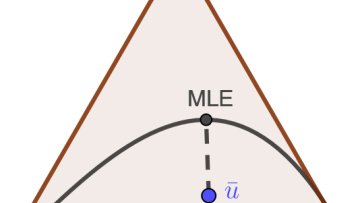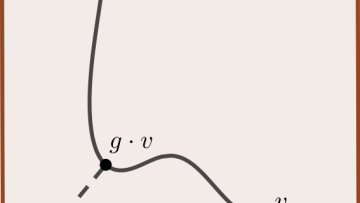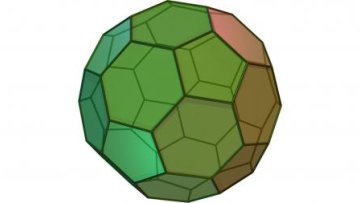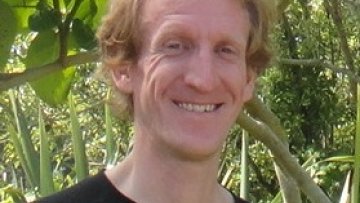Graph Filtrations with Spectral Wavelet Signatures
Abstract
We present a recipe for constructing filter functions on graphs with parameters that can optimised by gradient descent. This recipe, based on graph Laplacians and spectral wavelet signatures, do not require additional data to be defined on vertices. This allows any graph to be assigned a customised filter function for persistent homology computations and data science applications, such as graph classification. We show experimental evidence that this recipe has desirable properties for optimisation and machine learning pipelines that factors through persistent homology.





